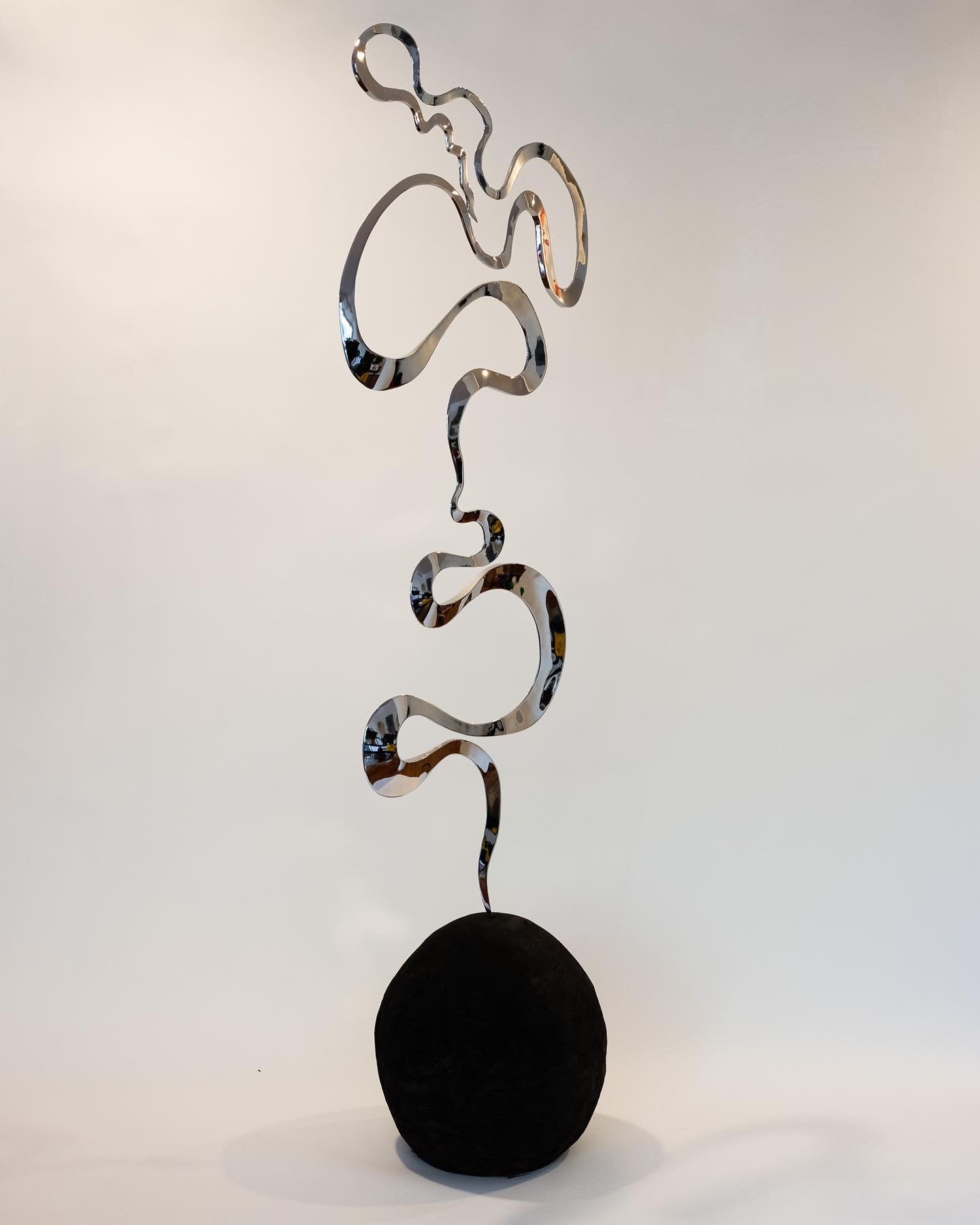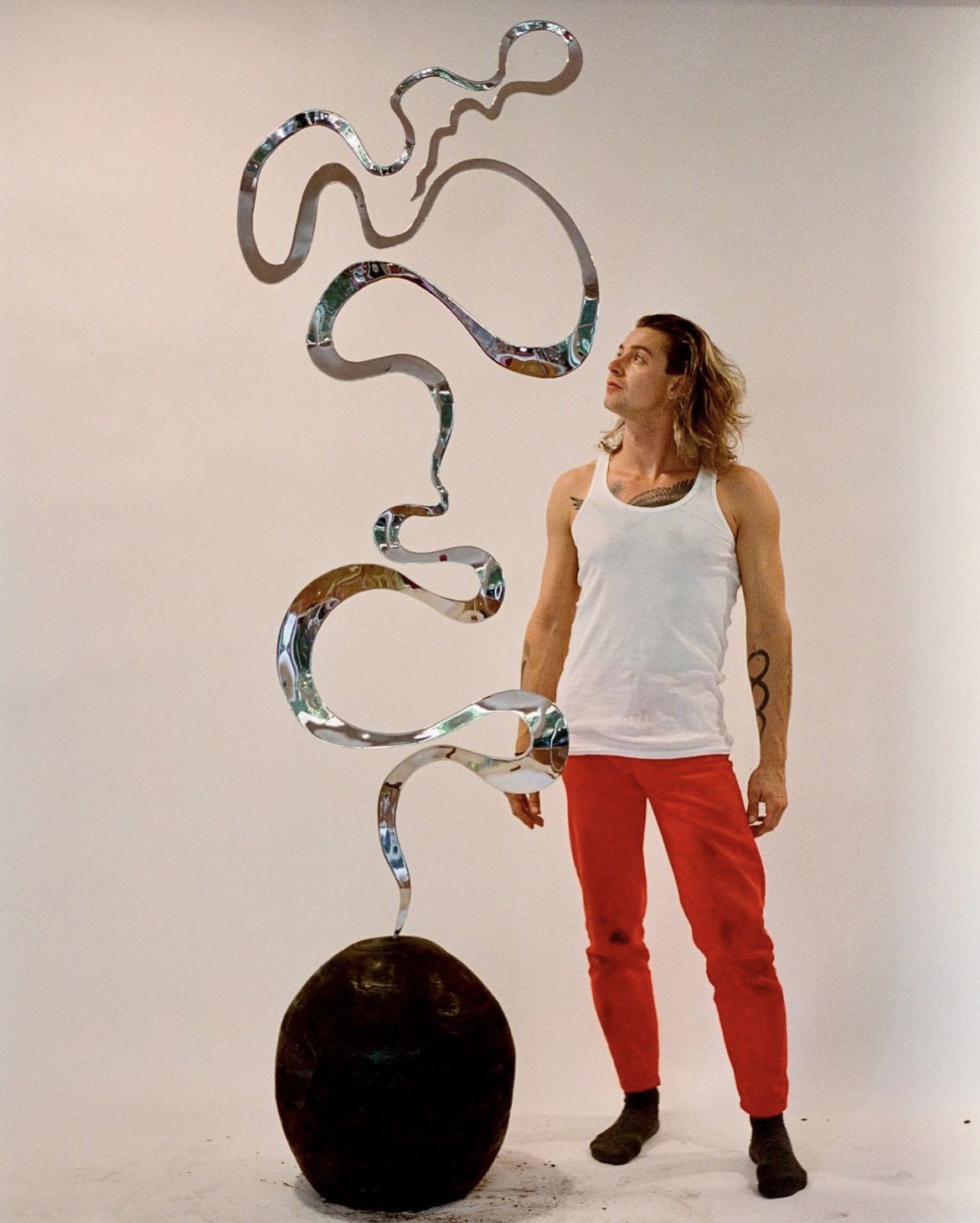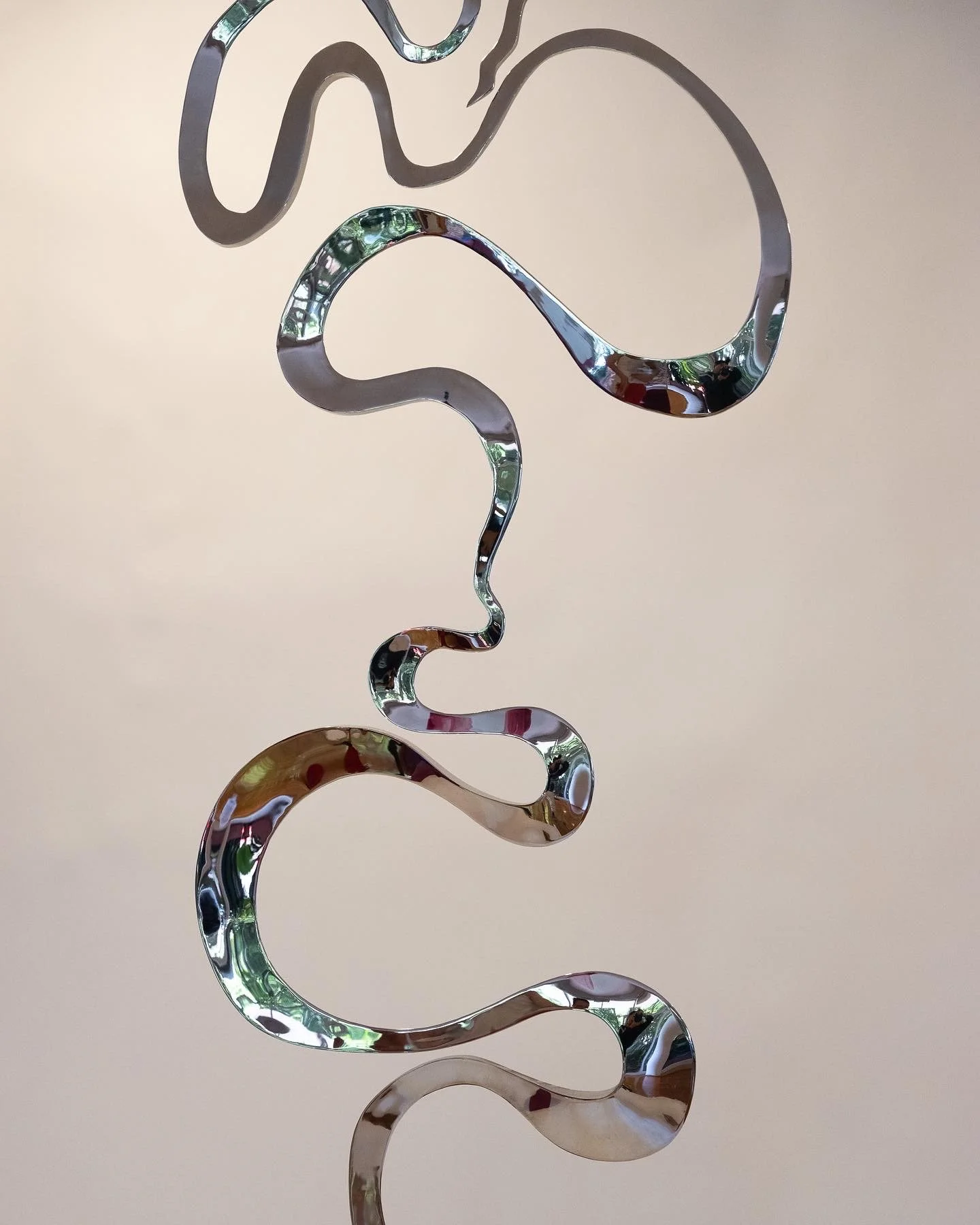SERPENT MOUND




‘Serpent Mound’
(Comission, Stainless Steel and cedar)
In cultures spanning the globe, the venerable serpent emerges as a potent emblem of metamorphosis and renewal. Its sinuous form finds resonance in the celestial dance of swirling cosmos, the very essence of DNA's double helix, and the undulating currents of kundalini energy coursing through the human frame. Indeed, this serpent wisdom lies imprinted in the collective unconscious, an ancestral treasury of profound knowledge.
Manifesting in diverse contexts, from the enigmatic Serpent Mound to the archetypal figure entwined in the Garden of Eden, this symbol invariably denotes transformation, wherein old skins are gracefully shed, paving the way for rejuvenation and rebirth.
In the annals of the Maya civilization, the serpent assumes an exalted social and religious standing, revered with utmost veneration. According to their mythological tapestry, these serpents were believed to serve as celestial carriers, bearing the radiant sun and stars through the celestial spheres. In their skin-sloughing ritual, they embodied the very essence of regeneration and revitalization.
Chief among these serpentine personifications stands Quetzalcoatl, a paramount Mesoamerican deity, his visage a fusion of serpentine grace and resplendent plumage. In the lexicon of the Nahuatl language, his name evokes the notion of a "beautiful serpent," merging "quetzalli" for beauty with "coatl," the serpent's sacred essence.
Within the Maya pantheon, the Vision Serpent ascends to preeminence, its significance paramount. Often depicted with a bearded countenance and a gently rounded snout, this enigmatic serpent reveals itself at times as a bifurcated entity, embodying the very spirit of gods or ancestral progenitors that emerge from its very maw.
Unfurling the vistas of Carl Jung's analytical psychology, the serpent becomes a manifestation of the venerable "wise old man" archetype, guiding the seeker on their transformative odyssey of self-discovery. Herein, it assumes dual attributes, portraying the unconscious realm as both a benevolent force of healing and a tempestuous domain of destructive potential, contingent upon the manner in which one approaches its mysteries.
Through Jung's lens, these age-old symbols and structures resonate as eloquent expressions of the collective unconscious, an abiding reservoir of shared human experience that transcends temporal confines and traverses the rich tapestry of diverse cultures.